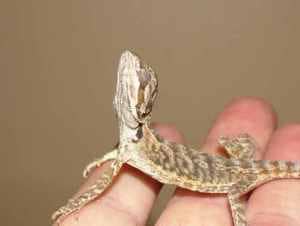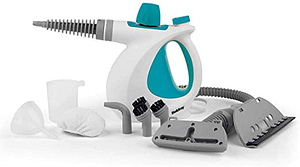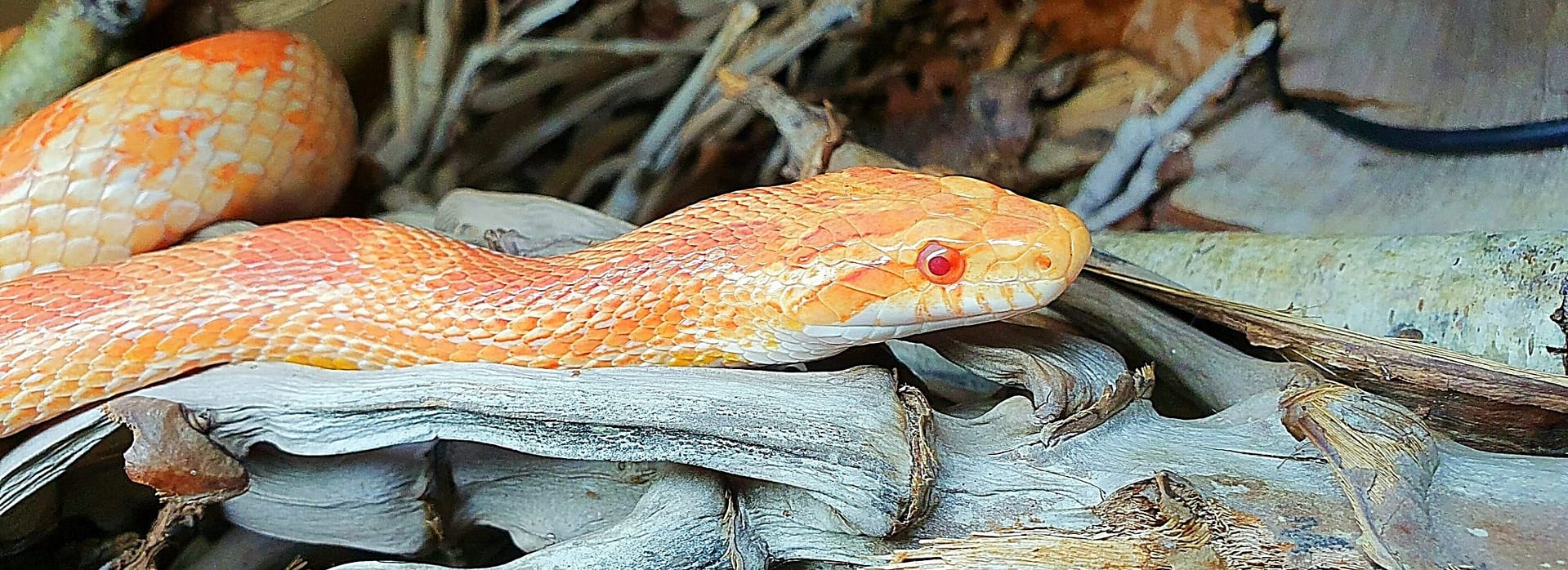This was a very popular article of mine I first had up on Reptile Apartment about 6 or 7 years ago.
It was then picked up by ‘Practical Reptile Keeping‘ magazine, and ‘Canadian Reptile Hobbyist‘ magazine over the next year or so.
So, with the issues regarding cross contamination not even in many keepers minds, I thought I’d update it and add little, and then post here on my blog.
So lets get to it shall we 🙂 ……………
Cross Contamination
Many reptile keepers are totally unaware of the risks of cross contamination. It’s not just a beginner mistake. Like anything that’s a risk, it’s often just a bad habit you need to get out of doing. The best way, is to practise the right way, and make that the good habit.
(Obviously this is more of a risk if you have more than one reptile.)
Now, you may think your reptile sanitation and hygiene husbandry is spot on. It may well be.
But also as you’ll probably be aware, reptiles pick up parasites from live foods, greens etc, and can live quite happily without you knowing the internal issues caused by these little parasites. Many reptiles are great at hiding illness, often until it’s at its worse. This is why I recommended a faecal parasite test done at least once a year. Personally, I do 2x a year.
You’re never going to know if any said bug has parasites, It’s just not possible. But you can stop unnecessary parasite/illness transfer from one reptile to another (even one species to another) by following some very simple steps.
Bug Handling and Bug Hygiene:
If you use your hands, wash them or use a hand sanitizer gel, before and after you feed one reptile. So you can then feed another with clean/sanitized hands.
Same goes for using tweezers/forceps, clean them between each reptile if you only have one set. So again, before and after each use.
A spray with a reptile safe disinfectant like F10SC /ProTect Ultimate/Safe4/or similar will do the trick for this task.
The F10SC wipes are also ideal for this.

I actually have several sets of metal tweezers/forceps. All labelled for the reptile/amphibian they are to be used for. But still I clean before and after use.
I’ll also soak tweezers/forceps in an F10SC solution bath for a good 24 hours when not in use a few times a month.
Putting Uneaten Bugs Back with the Rest of the Bugs:
Don’t do this, ever!. If the vivarium, or tank that bug was running/climbing about in, housed a reptile full of parasites (or worse, Atadenovirus for example), there is obviously a high risk that the bug can pick up these, via faecal matter, saliva, the food bowl etc. Putting that bug back in with the other bugs, thus potentially contaminating a whole colony of bugs, which will then be fed to your other reptiles…seriously, not worth the risk. The contamination potential is huge. It’s a very common issue, I’ve even seen well-known pet/reptile shops do this.
I guess it’s something many just don’t think about, or even realise until you are forced to change what you do via a reptile’s illness.
This was the case for me around 15 years ago [1].
I had a very sick dragon. It turned out, via faecal tests, bloods, and swabs, he had Adenovirus. I won’t go into the symptoms etc, you can research yourself below [2]. But I was told, there is no cure, and it is very contagious. So for me, keeping at the time, 2 or 3 other dragons and a host of other reptiles, it was a huge shock. The only way I was going to stop this spreading was to practise what I have spoken about above. Which being honest, I didn’t worry about at all before. I didn’t even think of the dangers.
So cleanliness and equipment hygiene was the key for the survival of my reptiles. I’m happy to say, it worked. I was lucky it had not spread to my others. Ultimately the virus linked symptoms did take my dragon a year or so after the diagnosis. His quality of life and ability to perform basic survival function ceased, so he was put to sleep. But the other lived many years after. Only age took them. (Please note, although the Adenovirus still has no cure. It’s NOT a death sentence as it once was. There ARE things you can do to aid the life of the infected reptile. They can live without other issues. But still, the hygiene is the number one rule.)

You may think that using one set of tweezers for multiple animals is fine. You may also have had no issues at all with cross contamination before doing this. I understand that. But this was also the case for me. The 15 years prior to that dragon getting Atadenovirus, I had no issues. (Additional Atadenovirus info regarding wild Bearded Dragons [3]).
It does happen. So don’t risk it.
Also, It is vital you don’t keep your bugs in the small plastic tubs they are packed in. There is simply not enough room for them in these. So they will die off much quicker. And that risks disease and illness for the bugs in that tub.
A good sized bug/cricket keeper will house 100 or so large crickets, or similar. Once you go beyond these numbers, get another bug keeper, or a suitable larger box.
Bugs need space, hiding places, and plenty of food to minimize any fighting. If you have to-many bugs packed into a small area, they will fight. I’ve seen roaches and crickets do such. Likewise, if there are not enough hiding places and food. The end result is often death.
This is the reason many keepers have crickets and roaches die so soon after purchasing them.
Cleaning of the bug keeper is also vital between stocking up.
Again, a reptile safe disinfectant will do the trick.
Contact Time:
If you are using ‘home-made’ cleaners such as white vinegar, lemon, etc, please reconsider your methods
For proper sanitation, contact time is vital. If you are spraying and then wiping away straight away, you are killing nothing. Or at best, very minimal amounts.
So for proper sanitation, you may well have to remove the animal for 5 or 10 mins.
Spray the cleaner, and allow it to do its work and air-dry.
Then, spray it again and wipe away.
Remember, there is a big difference between cleaning, and sanitation 😉
If you are using ‘home-made’ cleaners such as white vinegar, lemon, etc, please reconsider your methods (check my previous post on the subject). These are pretty useless when it comes to actual sanitation. General cleaning and making the setup smell like food, sure, they are great, but that’s not good enough long-term.
Deep Clean – Use steam.
Using a handheld steam-cleaner is a great way to full sanitize and area, food and water bowls. And it’s known to even kill Coccidia [4], a very common organism in reptile keeping. So its definitely something well worth having in your germ killing artillery.

Again, contact time is vital. Don’t just quickly go over an area. Hold the spray there for a few seconds, and then do another passover.
And after then, spray with your reptile safe disinfectant and leave to air-dry if you feel necessary.
Bio-active Cleaning:
The only way to do this is via a partial soil change every few months. At least this way you have an injection of healthy nutrient rich soil being rotated into the mix
Wondering on how to clean and sanitize a bio enclosure?. Well that would depend on the decor and items used within.
Any fake foliage/woods can easily be removed and steam-cleaned or soaked in F10. Like wise food/water bowls. Not a problem.
But real woods/branches and soils become unhygienic too over time. And no amount of cleaner bugs can fix this.
The removal and deep clean of real collected branches shouldn’t be an issue. A steam clean and spray down with F10 will do it.
Or, its just as easy to collect more branches, and just add these to your setup (can treat as above if need be before placing in the setup).
This will have the added benefit of you being able to rearrange the setup, thus keeping its occupant mentally and physically enriched, which I suggest doing every few months regardless.

What about the soil? – The only way to do this is via a partial soil change every few months. At least this way you have an injection of healthy nutrient rich soil being rotated into the mix. And it gives you a chance to find that urate which the cleaner bugs do NOT eat.
Overall, better heath for the occupant, plants, cleaner bugs, etc.
Bathing of multiple reptiles (more often than not, Bearded Dragons):
A sure-fire easy way for parasites to get from one to another bathing reptiles together. As we know, often a bathing reptile will empty its bowels. It only takes a piece of faecal matter to get into the mouth of another. So why risk it?.
Yes agreed, it’s quicker bathing 2…3…4 dragons all at the same time. But YOU chose to have 2…3…4…dragons, so take the time to bathe them individually. Then empty the water and disinfect the sink/bath before refilling.
Personally I use ‘Dettol liquid’. It’s a hospital safe disinfectant. A cap full (or less if a sink) in some fresh water, leave for a while, empty, rinse, refill. Easy, yet safe.
So to conclude;
Keep it ALL clean.
Use separate feeding equipment.
Throw uneaten bugs away, never put them back in with others.
Steam clean for deep clean.
Bathe separately.
References:
[1] Pete Hawkins – Reptile Apartment (Jan 2015) – http://reptileapartment.com/atadenovirus-my-bearded-dragon-and-adenovirus/
[2] PetMD Editorial (July 2008) – Atadenovirus symptoms – https://www.petmd.com/reptile/conditions/digestive/c_rp_Adenoviruses
[3] Timothy Hyndman, Jonathon G Howard, Robert JTDoneley (May 2019) – Atadenovirus in free-ranging bearded dragons – Atadenovirus in free-ranging Bearded Dragons
[4] Killing Coccidia – http://www.acerlux.com/diseaseconditions/coccidia.html
Award winning Published author of Herpetoculture.
Featuring articles on many species within,
Practical Reptile Keeping magazine (some linked on site as .pdf files)
Canadian Hobbyist magazine
Reptiles magazine
Also, Reptile/Amphibian blog article writer and reptile specialist for;
Exotic Direct (links on this site)
Reptile Apartment
Public talker at Reptile meetings, for various organisations.
Founder of several huge Reptile and Amphibian related Facebook groups (links on this site)
Reptile Reports – “Lizard Personality of the year” 2016 & 2017


